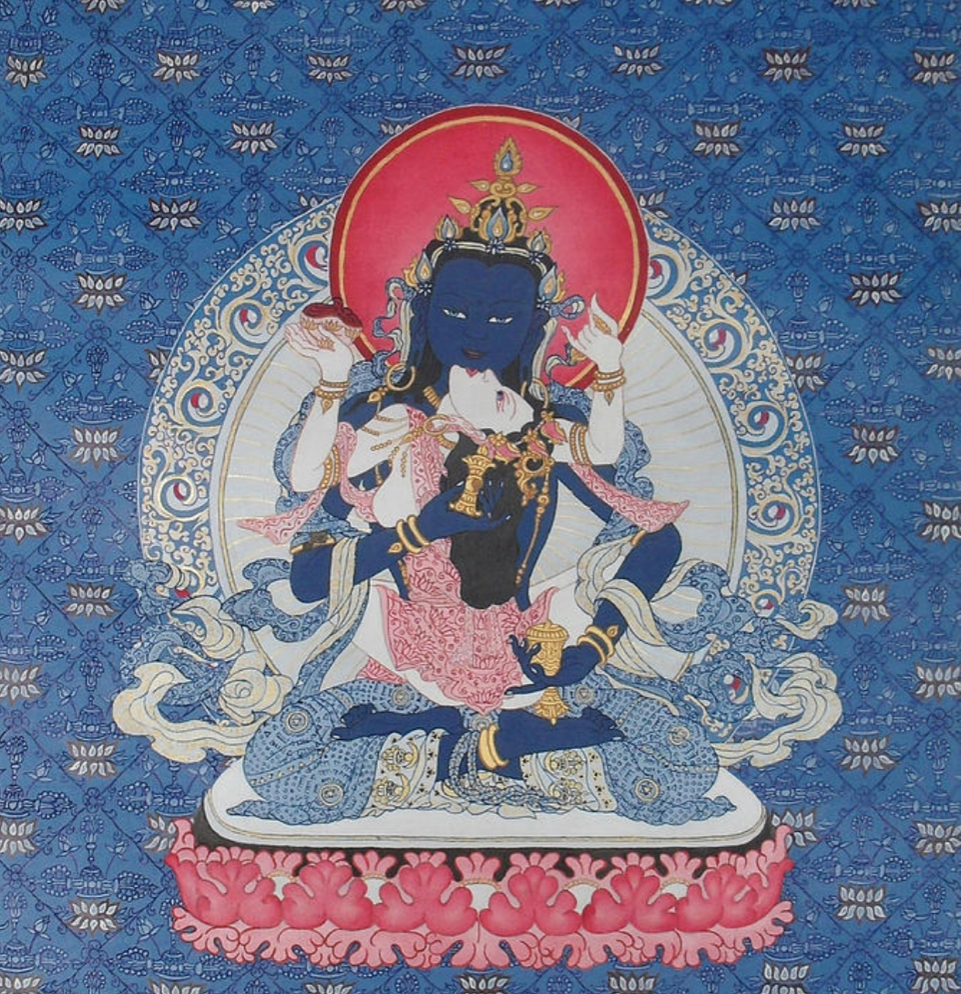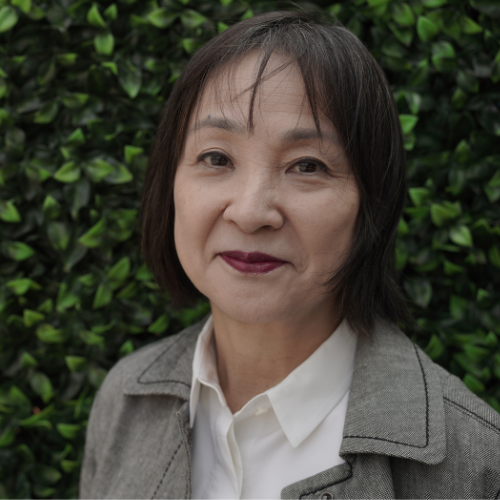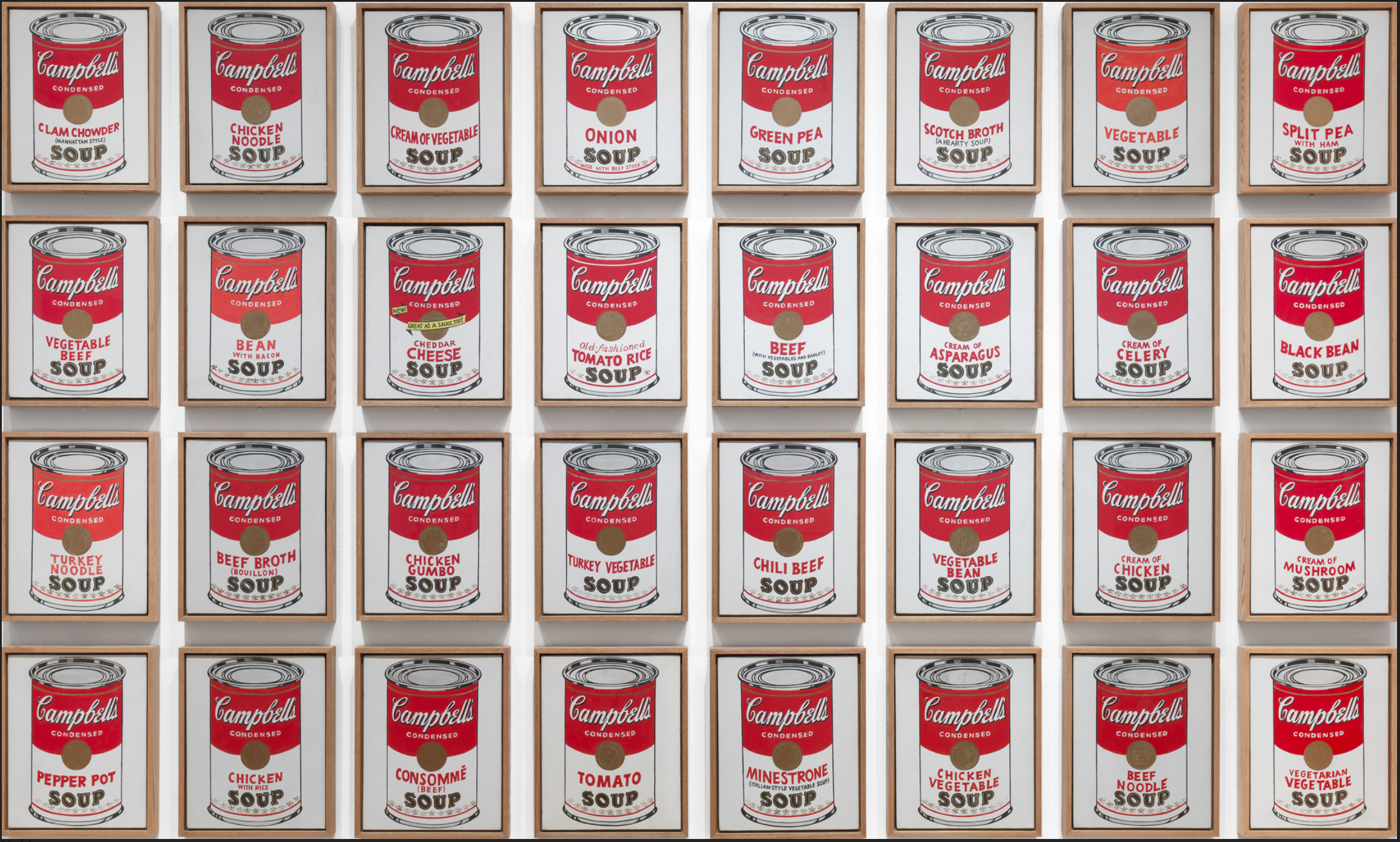Art for Contemplation
Andy Warhol, Campbell Soup Cans, 1962
In 1961 Andy Warhol first displayed his collection of paintings depicting different flavors of Campbell’s Soup. While I personally wasn’t there, I can imagine there were at least as many different-flavored reactions, ranging from hilarity to bemusement to enraged dismissiveness. The exhibition’s attendees were probably quite familiar with what kinds of subject matter merited artistic representation; epic battles; epic landscapes; epic nudes; even epic abstractions. A can of soup, however, is a ridiculous thing to paint because it’s just something anyone might have occupying shelf space in their pantry, hardly epic. We all have our prejudices along these lines. Just as we might object: That can’t be art, that’s my lunch; we could just as well say: That can’t be the doorway to realization, that’s my life.
Warhol started out as a commercial illustrator for magazines. He made a decent living, but his drawings weren’t considered “art” by the standard of most gallerists. This snobbish segregation of commercial and fine art irked Warhol. Art is all around us, why must we go to a gallery or a museum to appreciate it? Is it the building itself that confers the credential of “art” upon an object? After all, the products we see every day at the supermarket have packages designed by someone who probably went to art school. Warhol’s theory was that art, like beauty, was in the eye of the beholder. If Cezanne could paint the same mountain everyday, then why couldn’t Warhol paint Campbell Soup cans? They were pleasing to look at, and by placing them on the wall of a gallery viewers were given the opportunity to consider the aesthetic merits of mundane objects. In this way, it is our perception that changes, not the object itself.
This is also the invitation of the Buddhist path. We may not be particularly able to change the circumstances of our own lives, but we are able to reconsider those circumstances through the lens of the dharma. One of the teachings which can aid us this reassessment are the Six Paramitas, or transcendent actions: Generosity, Discipline, Patience, Exertion, Meditation, and Wisdom. Andy Warhol’s work beautifully exemplifies a kind of Joyful Exertion, an enthusiasm, which is said to be the engine that powers the preceding three Paramitas. With a generous openness, Warhol had the patience to appreciate seemingly dull household objects and the discipline to not abandon their unique qualities for his presumptions about them.
Warhol had an almost childlike enthusiasm for boredom. He felt that when we look at the same image for an excruciatingly long period of time (see his eight-hour, single-shot, slow-motion film of The Empire State Building) our prejudicial mind is stunned into submission. Once our desire for entertainment is thwarted we’re better able to see what’s actually there. This has an obvious corollary to the sitting practice of meditation in which we’re asked to wear out our reflexive reactions to thoughts by just sitting and watching them come and go. Once the demand for this or that particular thing to happen begins to subside, real insight can arise. Warhol loved going to the dry cleaners and watching the clothing move on the carousel, getting wrapped in plastic; like a picture being framed, suddenly the blouse or blazer becomes a work of art. He also liked to go through airport security…just to go through airport security. The way everyone moved slowly through the line, placing their belongings on a conveyor belt and so on was like a choreographed work of public performance art.
In his essay Heaven, Earth, and Man, Chögyam Trungpa Rinpoche communicates a similar view: “It seems problematic to declare yourself an artist, because that means you are limiting yourself purely to artwork in the literal sense, as something very extraordinary and unusual. But from my way of thinking, and from what my training tells me, when you have perfected your art and developed your sensitivities, you cannot call yourself anybody at all!”
By that standard, Warhol was one of the most famous nobodies who ever lived; an instantly-recognizable person whom nobody seemed to really know. And yet, while his work is cloistered in exclusive collections and museums all over the world, it still enthusiastically points us back to the world we already inhabit, where art is anywhere we have the mind to see it and where beauty belongs to everyone.







4 Comments
Despite being so tremendously famous, I had never given me the time to actually sit down and read about Andy. This was beautiful, thank you ! 😊
Hi Kevin–Thank you for your insightful connection of Andy Warhol art to the meditation path. Thinking of Warhol for me brings to my mind his Studio 54 life style (lavish compared to my existence). So the connection of his Soup cans art to the appreciation of the mundane was very helpful. Thanks for your unique way of bringing us the dharma. Peace _/\_
Your thoughts on Andy and the soup cans really resonated with me, Kevin. My main take away is, “Once the demand for this or that particular thing to happen begins to subside, real insight can arise.” and “Once our desire for entertainment is thwarted we’re better able to see what’s actually there.” Thank you!
“…through airport security…just to go through airport security. The way everyone moved slowly through the line, placing their belongings on a conveyor belt and so on was like a choreographed work of public performance art.”
Ha! I’m reading this while in the airport. I missed my opportunity to enjoy the “public performance art”! But, alas, since my flight is delayed by at least one hour, I have more time to observe different “works of public performance art…and “patience”!!
Thank you for your continued teachings on the link of art to the dharma.